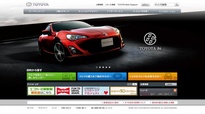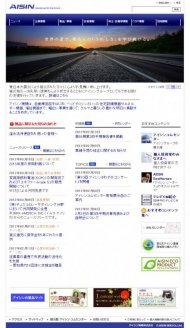Abstract
We are said to be living in an era in which young people don’t buy cars. Nowadays, Japan is experiencing sluggish automobile sales. The reason can be neatly summed up as a decrease in young peoples’ desire to buy and own cars. But originally, Toyota was doing quite well at making cars that aroused a spirit of consumption in its primarily young customer base. In 2011, in an exhibition-floor speech given at the Tokyo Motor Show, President Akio Toyoda emphasized the automobile as being more than just a means of conveyance but rather something that holds an emotional place in people’s hearts: “We want our cars to be something that, in any era, makes an impression on people and makes their dreams come true. It’s not a car if it’s not enjoyable.” However, having been hit by the effects of the Tohoku Earthquake in eastern Japan, the floods in Thailand, and a historical rise in the yen, Japanese industry – in which the automobile industry was a pioneer – has fallen into a bad spot, and some people jokingly refer to it as a “double whammy” on top of the other problems that it has been facing. In such an environment, what does Toyota now need in order to create a car that will excite customers and serve their needs? In this case, we think the answer lies in making use of diversity. In particular, by focusing on how women employees use their cars, Toyota is considering its problems as well as ways of resolving them. Furthermore, as part of this process, Toyota is building on the successful cases of other companies that have made use of diversity. Toyota is looking back at cases the company has dealt with in the past as well as analyzing the results of surveys of company employees. Through these efforts, the company promotes a freer way of thinking.
Detailed information
| Case ID | 11-1081 |
|---|---|
| Published | 2011 |
| Industry | MOTOR VEHICLES, PARTS AND ACCESSORIES |
| Analyzed Area | Social enterprise & ethics |
| Pages | 23 |
| Language | Japanese |
| Teaching Note | Attached |

 Brochure
Brochure
 Info Session
Info Session
 Application
Application
 Alumni Voices
Alumni Voices






